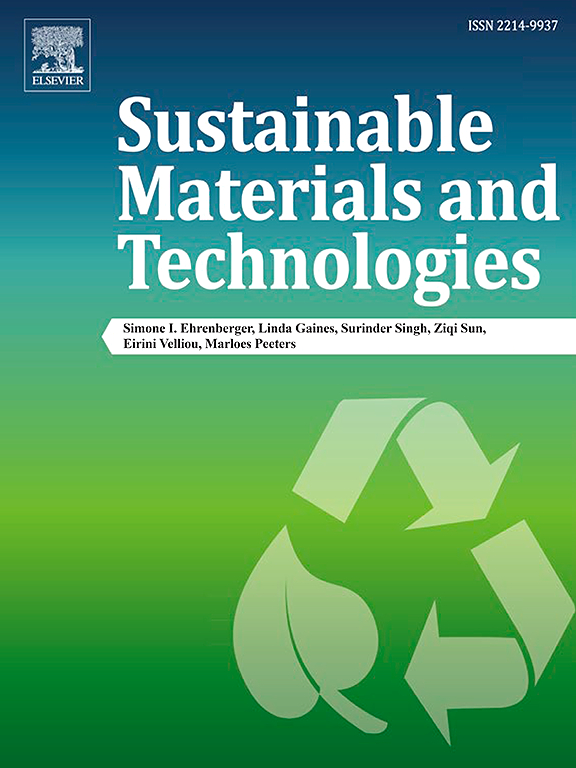自主智能轮椅:基于深度学习人工智能的双轴电磁采集和物联网应用
IF 8.6
2区 工程技术
Q1 ENERGY & FUELS
引用次数: 0
摘要
科学技术的进步改善了轮椅,包括自感应和控制,但在能量增强方面仍需改进。为了满足持续供电和平稳运行的要求,本研究提出了一种双轴电磁能量收集系统,用于捕捉轮椅在路径上运动的动能。该系统由三个模块组成:双轴车轮能量捕获模块、电磁感应模块和电源存储模块。双轴车轮能量捕捉模块沿两个轴向捕捉前轮的运动,而电磁感应模块则通过磁环对线圈环的旋转将轮椅的运动转换为电能。能量存储模块存储通过旋转和转动电磁能量收集器产生的电能。为研究该系统的性能,我们进行了分析建模、模拟和实验。此外,还使用了深度学习方法来评估来自发电机的速度和转角电压信号数据,训练准确率分别达到 99.35 % 和 99.37 %。所提出的系统可以帮助残疾人在不耗尽电池的情况下持续供电导航,并利用自供电传感器监测他们的健康状况。本文章由计算机程序翻译,如有差异,请以英文原文为准。

Autonomous smart wheelchair: Dual-axis electromagnetic harvesting and IoT-based applications with deep learning AI
Advancements in science and technology have improved wheelchairs, including self-sensing and control, but they still need improvements in energy enhancement. To meet the requirement of continuous power supply and smooth operation, this research proposes a dual-axis electromagnetic energy harvesting system capturing the kinetic energy of wheelchairs moving on the paths. The proposed system consists of three modules: a dual-axis wheel energy-capturing module, an electromagnetic induction module, and a power storage module. The dual-axis wheel energy capture module grabs front wheel movement along two axes, while the electromagnetic induction module converts the wheelchair's motion into electrical energy through the rotation of the magnetic ring against the coil ring. The energy storage module stores the power generated by rotating and turning electromagnetic energy harvesters. Analytical modeling, simulation, and experiments were conducted to investigate the system's performance. The system attained a peak voltage of 20.4 V with an RMS power of 0.238 W for Part A and 1.53 V and an RMS power of 0.63 mW for Part B. Additionally, a deep learning method has been used to assess the speed and turning angle voltage signal data from a generator, achieving training accuracy of 99.35 % and 99.37 %. The proposed system can help disabled victims navigate with continuous power supply without battery depletion and to monitor their health conditions with self-powered sensors.
求助全文
通过发布文献求助,成功后即可免费获取论文全文。
去求助
来源期刊

Sustainable Materials and Technologies
Energy-Renewable Energy, Sustainability and the Environment
CiteScore
13.40
自引率
4.20%
发文量
158
审稿时长
45 days
期刊介绍:
Sustainable Materials and Technologies (SM&T), an international, cross-disciplinary, fully open access journal published by Elsevier, focuses on original full-length research articles and reviews. It covers applied or fundamental science of nano-, micro-, meso-, and macro-scale aspects of materials and technologies for sustainable development. SM&T gives special attention to contributions that bridge the knowledge gap between materials and system designs.
 求助内容:
求助内容: 应助结果提醒方式:
应助结果提醒方式:


